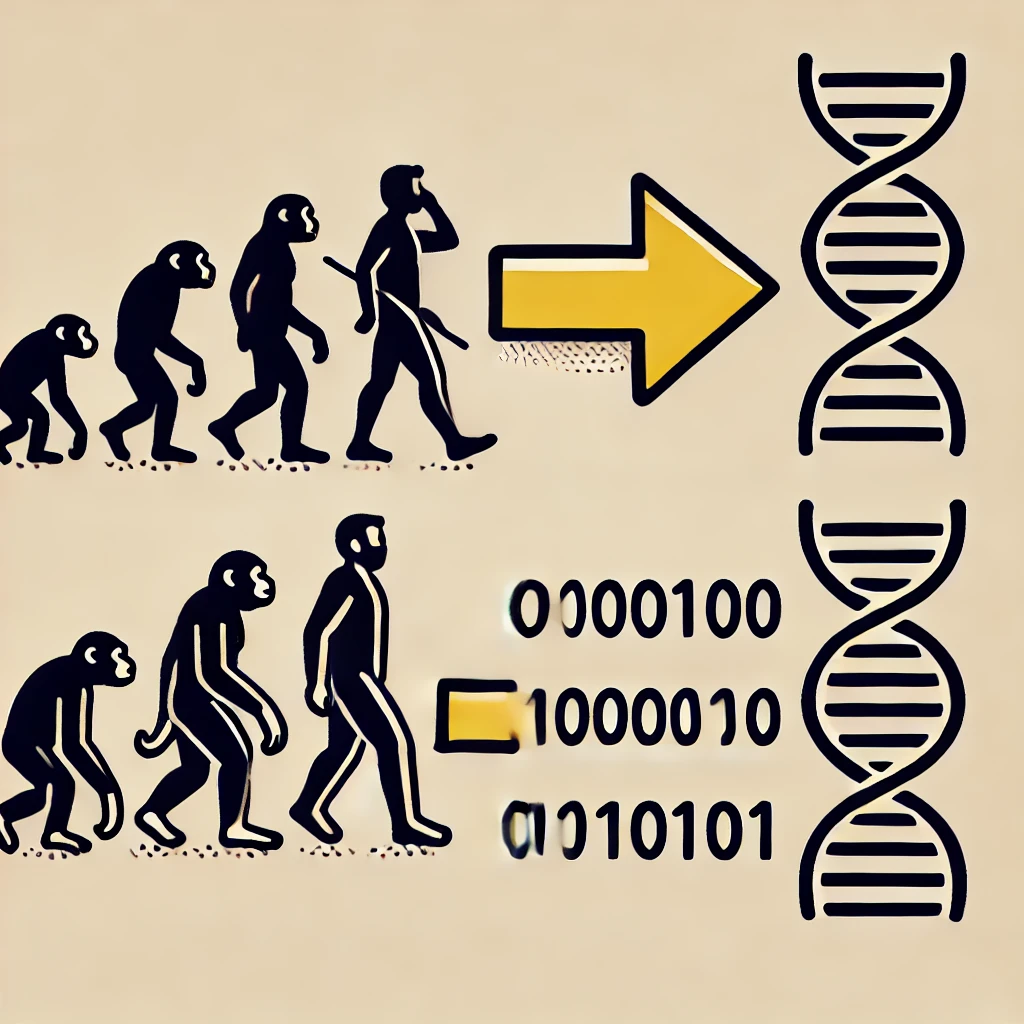https://www.merlinsilk.com/neologism/ It all began with a simple, yet profound idea: nature, through the process of evolution, has a way of finding optimal solutions to survival. Charles Darwin’s theory of evolution laid the foundation for this understanding. He proposed that organisms better adapted to their environment tend to survive and reproduce, passing on their advantageous traits to the next generation.
https://www.circologhislandi.net/en/conferenze/ In a world where digital and biological realms collide, some of the most captivating innovations arise. Among these, genetic algorithms stand out, drawing inspiration from the principles of natural evolution. This article explores the journey of genetic algorithms from their biological roots to their impactful applications in solving complex problems.
The Birth of Genetic Algorithms
https://www.circologhislandi.net/en/conferenze/Tramadol For Sale Online Uk Fast forward to the 1960s, when John Holland, a visionary computer scientist, saw the potential to emulate this natural process within computers. Holland’s work at the University of Michigan led to the birth of genetic algorithms. His groundbreaking book, “Adaptation in Natural and Artificial Systems,” introduced the world to the core principles of GAs: selection, crossover, and mutation.
https://oleoalmanzora.com/oleoturismo-en-pulpi/ It starts with Selection. In nature, not all individuals are equally likely to survive. Similarly, in a genetic algorithm, the concept of selection ensures that the fittest individuals—those that offer the best solutions—are more likely to be chosen to create the next generation. This process mirrors natural selection, where the survival of the fittest drives evolutionary progress.
Purchase Tramadol Without Prescription Then crossover, or recombination, is like reproduction in biology. It involves combining the genetic information of two parents to produce offspring with a mix of traits. In genetic algorithms, crossover introduces variation by merging parts of two solutions to create a new one, potentially inheriting the strengths of both parents.
Mutation then introduces random changes, much like the occasional errors in DNA replication that lead to genetic diversity in populations. In GAs, mutation ensures that the algorithm explores new possibilities, preventing it from getting stuck in local optima and enhancing its ability to find global solutions.
Evolutionary Process in Action
The goal of a genetic algorithm is to navigate an (analogous) landscape of hills and valleys and find the highest peak – the optimal solution. Here’s how it happens.
Initialization
The journey begins with a diverse population of potential solutions, randomly generated to cover a broad range of possibilities. This initial population sets the stage for the evolutionary process.
Evaluation
Each solution is evaluated using a fitness function, much like nature judges the fitness of organisms. The fitness function determines how well a solution performs the task at hand, assigning a score that guides the selection process.
Selection and Genetic Operations
Based on their fitness scores, the best solutions are selected to create the next generation. Through crossover, these selected solutions exchange genetic information, producing new offspring. Mutation then adds a touch of randomness, ensuring diversity and enabling the exploration of new paths.
Iteration
This cycle of evaluation, selection, crossover, and mutation repeats over many generations. With each iteration, the population of solutions evolves, gradually improving and converging towards an optimal or near-optimal solution.
Real-World Applications
The power of genetic algorithms extends beyond theoretical elegance. They have proven their worth in a multitude of real-world applications.
Optimization Problems
GAs excel in solving optimization problems, where the objective is to find the best solution from a set of possibilities. From optimizing the layout of a factory floor to scheduling airline crews, GAs offer robust solutions to complex challenges.
Machine Learning
In the realm of machine learning, genetic algorithms play a crucial role in optimizing hyperparameters, selecting features, and designing neural network architectures. Their ability to navigate vast, complex search spaces makes them invaluable in developing high-performing models.
Engineering Design
Engineers harness the power of GAs to design optimized structures, systems, and processes. Whether it’s enhancing the aerodynamics of a car or optimizing the configuration of an electronic circuit, GAs drive innovation and efficiency.
Game Development
In the dynamic world of game development, GAs create intelligent behaviors and strategies for non-player characters (NPCs). By evolving NPCs’ decision-making abilities, GAs contribute to more engaging and realistic gaming experiences.
Biology and Genetics
Interestingly, GAs find applications in the very field that inspired their creation. In computational biology, GAs simulate genetic processes, study evolutionary patterns, and model biological systems, offering insights into the complexities of life.
The Road Ahead
As we look to the future, the potential of genetic algorithms continues to expand. Hybrid approaches, combining GAs with other optimization techniques, promise even greater performance. Adaptive GAs, which dynamically adjust their parameters, enhance the algorithm’s adaptability and effectiveness. By mimicking the principles of natural selection, genetic variation, and fitness adaptation, GAs provide robust solutions to challenging problems in diverse fields.
